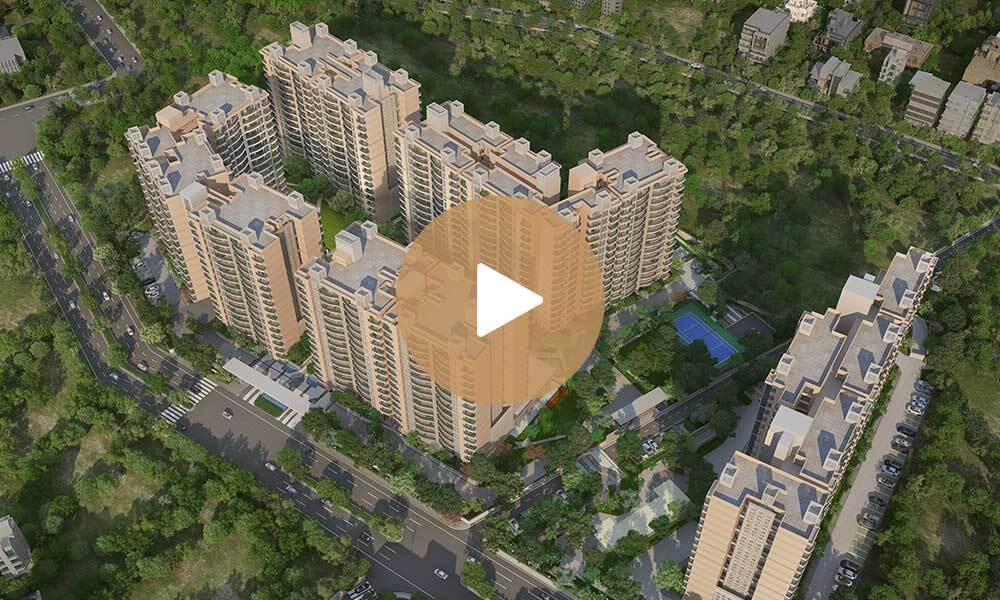The UP state cabinet has given green signal for new bylaws, focused on pushing highrise building development under sustainable development practices. These UP Building Construction and Development Bylaws 2025 will switch 2008 regulations, reducing height limits and plots requirements. This will accelerate the upward growth in cities such as, Lucknow, Ghaziabad, and Kanpur. However, Noida — administered by an industrial authority — will be untouched by the revised laws.
Impacts of the new bylaws
The changes will be as follows:
It will enable increased FAR (Floor Area Ratio), impacting group housing projects. Earlier, builders had a limited FAQ of 2.5 in new areas and 1.5 in built ones. In this the ground coverage was limited to 35% while density was 1000 people/hectare. Moreover, the minimum plot size stood at 2000 sqm earlier. Also, the strict rules diminished the hope for constructing highrise buildings.
At present, for group housing, the minimum plot size has been curbed to 1000 sqm in built-up areas whereas for non-built-up areas, the size is 1500 sqm. It removes the hurdles for vertical constructions.
Here is an infographic to understand these changes easily.

For group housing projects, the maximum Floor Area Ratio has increased to 5.25 for built-up areas and 8.75 for non-built-up areas. These are for projects with roads going up to 24-45 meters wide. However, for roads wide than 45 meters, there will be no FAR limitations if the housing projects are not adjacent to airports or other strategic installations.
To future-proof these highrise buildings, the bylaws made it obligatory for housing societies to have infrastructure for electric vehicles. About 20% of the parking space must reserve space for EV charging and it must have adequate power supply to sustain the charging load.
Another 5% additional FAR has been added for services like community centres and lift machine rooms. The new regulation will also focus on promoting sustainable development, initiating green building incentives. The bylaws also made it mandatory for plots over 3000 sqm to reserve 10% of their area for open spaces and parks, if it comes under the zonal development plan. However, if it doesn’t come under the plan, then the reserved land for park and open space must be 15% of the total.
For standalone homes, the FAR has been set at 2.25 for smaller plots. For larger plots, it’s 2.5. People can construct up to 23 storeys, however, a multi-unit building height can go up to 4 storeys and the plots that are 150sqm in size must have a stilt floor.
Now, the no-objection certificate must be obtained from NHAI, PWD, fire, or railways within a fixed timeframe. This will cut back project delays, a hurdle in real estate projects in Lucknow or outside the city. In case, the builder fails to start the construction before the permit expires, then a new consent has to be obtained. It is said that these bylaws will also benefit the hospitality sector.







